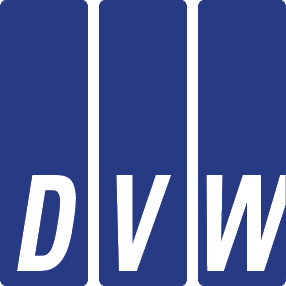Zusammenfassung
Summary
Thermal imaging has a variety of applications, e.g. for inventory, identification of damages or energy losses. If the thermal images are combined with a 3D point-cloud, the geometry of the surrounding gets included, which does not only benefit the interpretation of the data, but enables for new technologies like BIM (Building Information Modeling), reverse-engineering or 3D visualisation.
In this manuscript, a method is presented, how to record a high resolution geometrically calibrated thermal imaging panorama and combine it with a 3D point-cloud. Therefore, two separate instruments, a terrestrial 3D laser-scanner and a thermographic camera on an automatic optical pivot point adapter, are used. With software, which is included by the pivot point adapter, hundreds of single thermal images first are calibrated geometrically and then stitched to a panoramic picture with actually 50 megapixels. Since both instruments record successively from the same location, both datasets are identical and can be combined without gaps. With this method, the identification of reflexions in thermography is simplified and a rudimentary material analysis is possible. Due to the automatic panorama head, almost all sizes and therefore resolutions of thermal cameras are possible, which allows to adapt the measurement to specific tasks. With this method, almost every kind of camera can be calibrated and used for the extension of an existing system. Since the thermal images are included via a panoramic picture, the combination with the 3D point-cloud can be performed using commercial available software.

